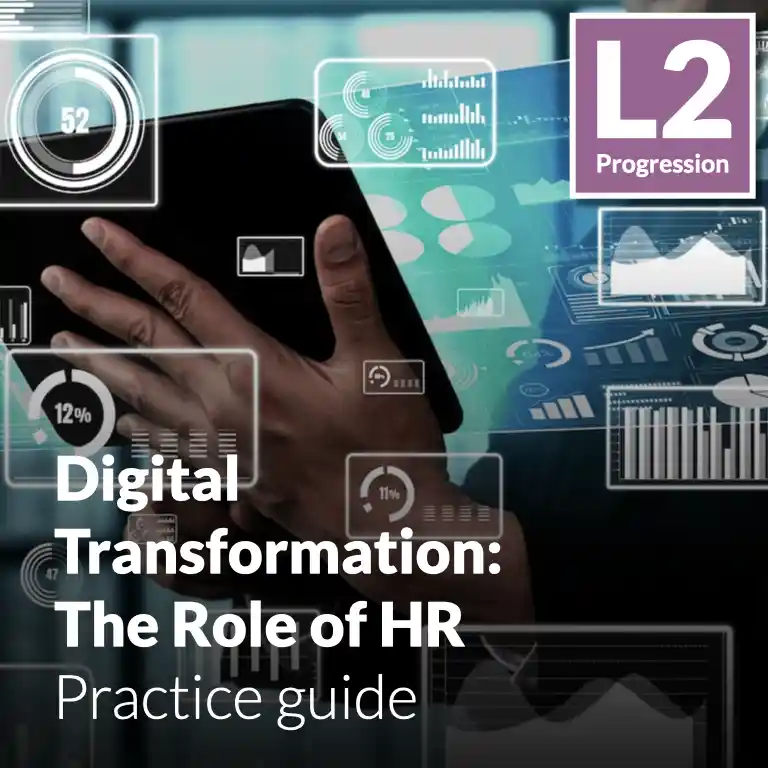Enjoy instant access to a scalable system of proven practices and execution-ready tools. Built to launch strategic HR programs 5X faster!
✓ Enjoy platform access
✓ Create your HR roadmap
✓ View open content in library
✓ Access dozens of practices:
⤷ The HR Strategy program
⤷ Explainers and deep dives
⤷ Supplemental guides
⤷ Insight articles
⤷ Weekly best practices
⤷ And more!
100% Free. No credit card required.
Innovation from investments in digital technologies will bring a new status quo to what employees expect, how they operate individually or in teams, and, ultimately, how they run the business. HR should establish clear communications related to the job changes at the individual level and install measurement methods that link the new behaviors to performance standards. Developing work process tracking and reporting mechanisms will enable the viewing of adoption rates and work output improvements for further refinement of employee efforts and team or unit production. Formalizing connections between behavioral change and performance metrics and measuring should be part of the performance management cycle.
This starts by understanding where the critical value-driving points in the business process exist. Partnering with business functions to analyze where areas of risk and value exist in operations and using them as input into job design changes for relevant roles or teams is fundamental. It is also critical to focus on aligning job design to how work is expected to get done –based on the operational metrics the business defines for performance. An individual role should have clear transparency between the individual outcomes, how it contributes to the function’s operations, and how it drives enterprise value. A “job persona” is an example of a method to communicate changes to each role due to adopting new technologies.

Enjoy instant access to a scalable system of proven practices and execution-ready tools. Built to launch strategic HR programs 5X faster!